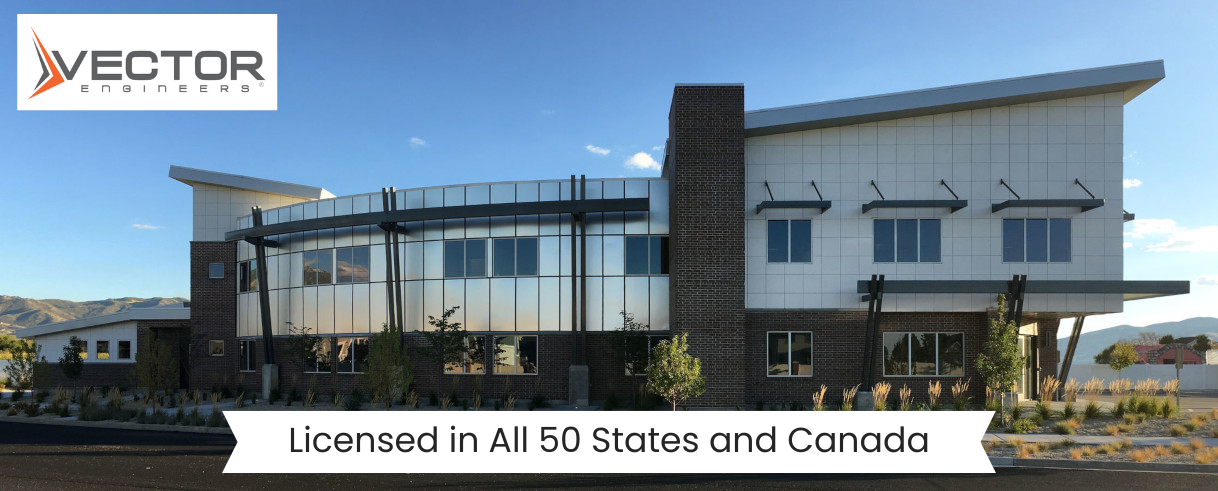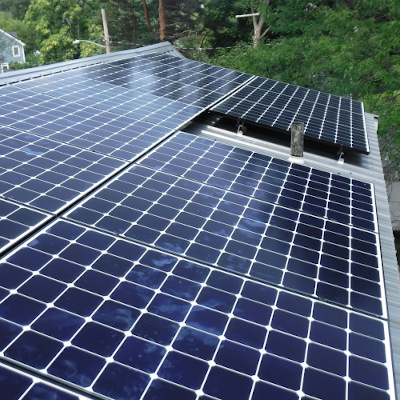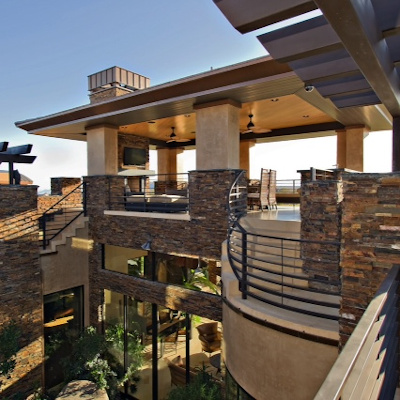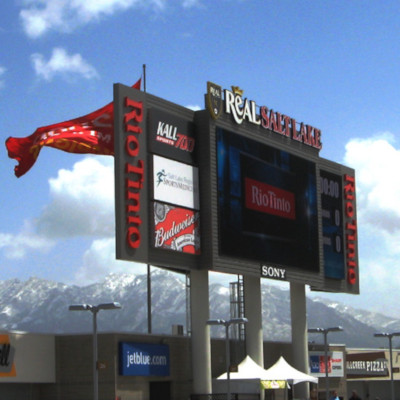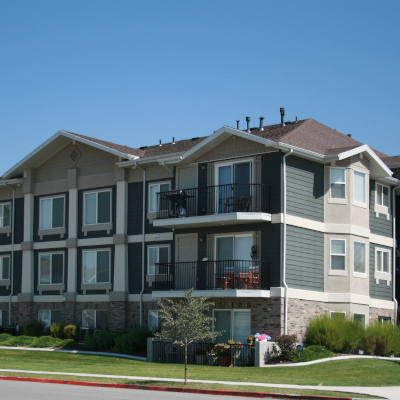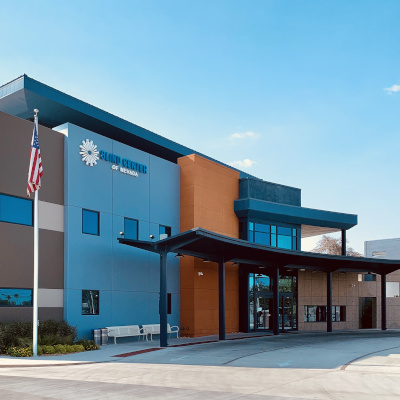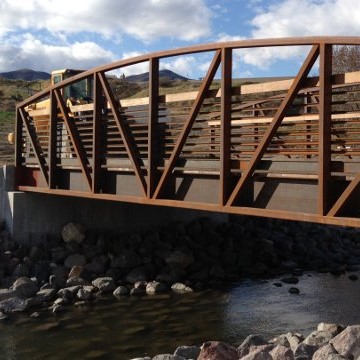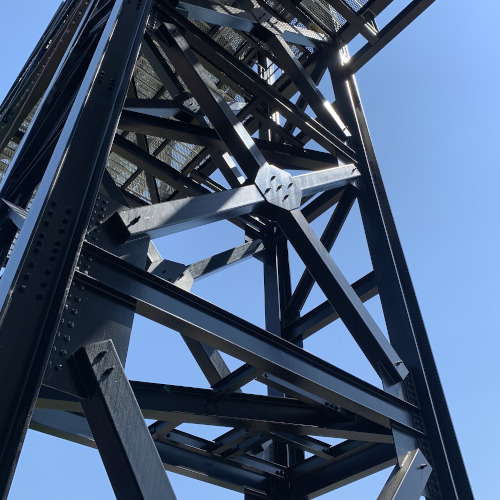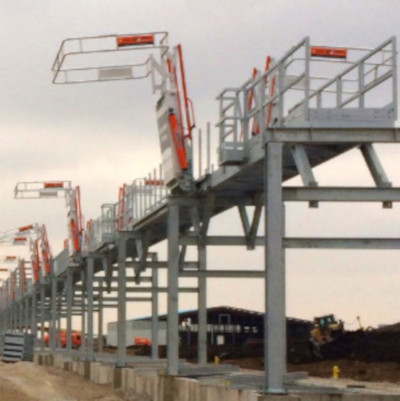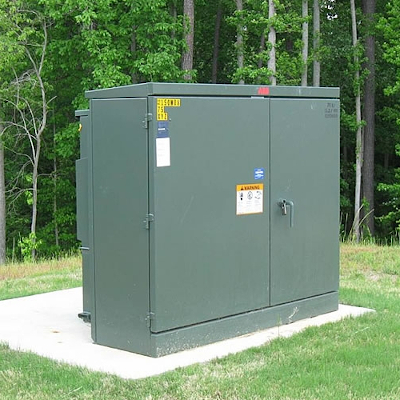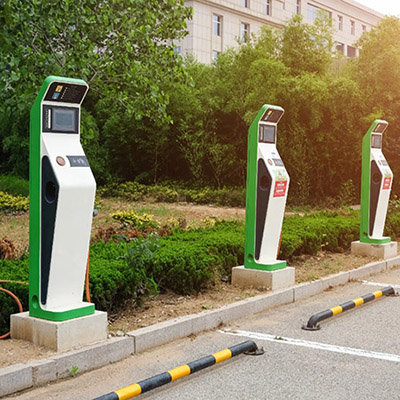Salt Lake City Structural Steel Connections
Salt Lake City is a thriving metropolitan area with a rich history of architectural marvels. One of the key elements in many of these structures is the efficient use of structural steel connections. Understanding the intricacies of these connections is vital for architects, engineers, and construction professionals involved in the design and construction of buildings.
Understanding Structural Steel Connections
Basic Principles of Steel Connections
In order to grasp the importance of structural steel connections, it is crucial to first understand the basic principles behind them. These connections are designed to ensure the stability and strength of the overall structure, allowing it to withstand various loads and forces over time.
Structural steel connections play a vital role in the construction industry. They are the backbone of many architectural marvels, from towering high-rise buildings to intricate bridges and expansive industrial facilities. These connections provide the necessary support to keep these structures standing tall, ensuring their longevity and safety.
One of the key functions of structural steel connections is the distribution of loads. As a building or bridge experiences different forces, such as gravity, wind, or seismic activity, these connections evenly distribute the weight and stress throughout the structure. This distribution prevents any single component from bearing an excessive load, which could lead to structural failure.
Moreover, structural steel connections facilitate the transfer of forces. When external forces act upon a structure, such as wind gusts or earthquakes, these connections transfer the forces from one component to another, ensuring that the structure remains intact. This transfer of forces is crucial in maintaining the overall stability and integrity of the structure.
Additionally, structural steel connections offer flexibility to accommodate movements caused by external factors. For example, in areas prone to high winds, buildings need to be able to sway slightly to dissipate the force. The connections allow for controlled movement, ensuring that the structure can withstand these external forces without compromising its stability.
Types of Structural Steel Connections
There are several types of structural steel connections employed in construction projects. Each type serves a specific purpose and is utilized based on the building design requirements, load considerations, and aesthetic preferences.
- Bolted Connections: This type of connection involves using bolts to join steel members together. Bolted connections offer numerous advantages, including ease of installation, adjustability, and simplicity in design. They are commonly used in buildings, bridges, and industrial structures. Bolted connections provide a reliable and efficient method of connecting steel members, allowing for easy disassembly and reassembly if necessary.
- Welded Connections: Welding is another common method used to connect steel members. It involves fusing the steel components together using heat and pressure. Welded connections offer high strength and rigidity, eliminating the need for additional fasteners. They are extensively used in heavy-duty structures where load-bearing capacity is crucial. Welded connections provide a seamless and continuous connection, ensuring the structural integrity of the components.
- Riveted Connections: Although less common in modern construction, riveted connections were extensively used in the past. This method involves using hot rivets to connect steel members. Riveted connections offer exceptional strength and durability. However, they require specialized skills and equipment for installation. Riveted connections provide a unique aesthetic appeal, reminiscent of the industrial revolution era.
Each type of structural steel connection has its own advantages and considerations. The choice of connection type depends on factors such as the structural requirements, load-bearing capacity, construction timeline, and desired aesthetics. Structural engineers carefully analyze these factors to determine the most suitable connection type for a specific project.
Importance of Steel Connections in Construction
The structural integrity of any building relies heavily on the quality and effectiveness of its steel connections. These connections serve as the backbone of the structure, providing stability and load-bearing capabilities. Improperly designed or installed connections can compromise the overall structural integrity, leading to safety hazards and costly repairs in the future.
Steel connections are not just a minor detail in construction; they are a critical component that ensures the stability and durability of a building. These connections are responsible for transferring loads from one structural member to another, allowing the building to withstand various forces such as wind, earthquakes, and heavy loads. Without strong and reliable connections, a building would be vulnerable to collapse or structural failure.
One of the key roles of steel connections is to distribute loads evenly throughout the structure. By evenly distributing the loads, the connections help prevent localized stress concentrations, which can weaken the structure over time. This is particularly important in high-rise buildings or structures that experience dynamic loads, such as bridges or stadiums.
Role in Structural Integrity
Steel connections play a vital role in maintaining the structural integrity of a building. They not only provide stability but also ensure that the structure can withstand the various forces it may encounter throughout its lifespan. Properly designed and installed connections are essential for preventing structural failures and ensuring the safety of the occupants.
When it comes to steel connections, attention to detail is crucial. Each connection must be carefully designed to handle the specific loads it will experience. Factors such as the type of connection, the material used, and the anticipated loads must all be taken into account during the design process. Additionally, the installation of connections must be carried out with precision to ensure their effectiveness.
Regular maintenance and inspection of steel connections are also critical for preserving the structural integrity of a building. Over time, connections may experience wear and tear, corrosion, or other forms of degradation. Timely identification and repair of any issues can prevent further damage and extend the lifespan of the connections.
Impact on Building Safety
Steel connections play a crucial role in ensuring the safety of the occupants within a building. They are designed to resist external forces and distribute loads evenly, preventing potential collapses or structural failures. The safety of a building relies on the strength and reliability of its connections.
Local regulations and building codes often dictate the requirements for steel connections in construction projects. These regulations ensure that connections are designed and installed to meet specific safety standards. Compliance with these regulations is essential to ensure the safety and longevity of steel connections in buildings.
Regular inspections by qualified professionals can help identify any potential issues with steel connections. These inspections can detect signs of corrosion, fatigue, or other forms of deterioration that may compromise the safety of the structure. By addressing these issues promptly, building owners can mitigate risks and ensure the safety of occupants.
In conclusion, steel connections are a critical component of any building’s structural integrity and safety. They provide stability, distribute loads, and ensure the overall strength of the structure. Proper design, installation, and maintenance of these connections are essential for preventing structural failures and ensuring the long-term safety and durability of buildings.
Salt Lake City and Steel Construction
Overview of Steel Construction in Salt Lake City
Salt Lake City is no stranger to steel construction. The city’s skyline is adorned with steel-framed structures that showcase the versatility and strength of this construction method. From towering skyscrapers to state-of-the-art sports arenas, structural steel connections have played a pivotal role in shaping Salt Lake City’s architectural landscape.
Local Regulations and Standards
When it comes to steel construction in Salt Lake City, adherence to local regulations and standards is of utmost importance. Building codes set forth specific requirements for steel connections to ensure the safety and durability of structures. Compliance with these regulations helps in maintaining the overall quality and reliability of the built environment.
Designing Steel Connections in Salt Lake City
Considerations in Designing Steel Connections
The design of steel connections is a complex process that requires careful consideration of various factors. Engineers and architects must take into account the expected loads, environmental conditions, and aesthetic requirements while designing these connections. Proper planning and analysis are key to ensuring that the connections can withstand the anticipated forces and perform their intended function.
Designing for Durability and Strength
Durability and strength are crucial aspects of designing steel connections. Salt Lake City’s climate, with its cold winters and hot summers, demands connections that can withstand temperature variations, corrosion, and other environmental factors. Additionally, the connections must be designed to accommodate potential expansion and contraction of the structural elements.
Installation and Inspection of Steel Connections
Proper Installation Techniques
The successful implementation of steel connections relies on proper installation techniques. Qualified professionals, including structural engineers and skilled steelworkers, are responsible for ensuring that the connections are installed correctly. This involves precise alignment, secure fastening, and compliance with industry best practices and project specifications.
Importance of Regular Inspection and Maintenance
Even with proper installation, steel connections require regular inspection and maintenance to ensure their long-term performance. Periodic examinations help identify any signs of corrosion, weakening, or fatigue that may compromise the integrity of the connections. Prompt repairs or replacements can mitigate potential risks and extend the lifespan of the connections.
In conclusion, structural steel connections are essential components in Salt Lake City’s construction industry. Understanding the principles, types, and importance of these connections is vital for ensuring the safety, durability, and integrity of built structures. By meticulously designing, properly installing, and regularly inspecting these connections, Salt Lake City continues to embrace the strength and versatility of steel in its architectural achievements.
What our customers have to say
“Over the course of my ten years in the industry, I’ve used probably 30 different PE firms, and Vector has just out-performed them in every way. Speed. Quality. Price. We operate in 900 cities and towns in seven states, and all the jurisdictions appreciate their verbiage, layout and calculations. We never have issues with anybody questioning their work.”
“We have had a very smooth transition from our previous engineering firm to your company. Since we made the move, the turnaround times have been very quick and consistent, and we haven’t had to stress over our structural stamps — which has been a great relief. Many thanks to you and the rest of your team.“
“DBM Solar Design & Consulting has been working with Vector now for 5 years. We have not worked with any other engineering firm outside of Vector and there is a reason for that. All the engineers that I have worked with have all been most accommodating in every aspect of our solar engineering projects.”
“I have had the pleasure of working with the Engineers at Vector for over 10 years. Over that time they have continually proven themselves in their quality of work, dedication to their craft, and in meeting tight deadlines. They have gone out of their way to learn and understand our designs to ensure their results are as accurate and reasonable as possible. I would highly recommend them to anyone.”
“We have had a very smooth transition from our previous engineering firm to your company. Since we made the move, the turnaround times have been very quick and consistent, and we haven’t had to stress over our structural stamps — which has been a great relief. Many thanks to you and the rest of your team.“
“I have had the pleasure of working with the Engineers at Vector for over 10 years. Over that time they have continually proven themselves in their quality of work, dedication to their craft, and in meeting tight deadlines. They have gone out of their way to learn and understand our designs to ensure their results are as accurate and reasonable as possible. I would highly recommend them to anyone.”
“Over the course of my ten years in the industry, I’ve used probably 30 different PE firms, and Vector has just out-performed them in every way. Speed. Quality. Price. We operate in 900 cities and towns in seven states, and all the jurisdictions appreciate their verbiage, layout and calculations. We never have issues with anybody questioning their work.”
“DBM Solar Design & Consulting has been working with Vector now for 5 years. We have not worked with any other engineering firm outside of Vector and there is a reason for that. All the engineers that I have worked with have all been most accommodating in every aspect of our solar engineering projects.”

Providing Structural & Electrical Engineering services in all 50 states plus Washington D.C., Puerto Rico and Canada.


